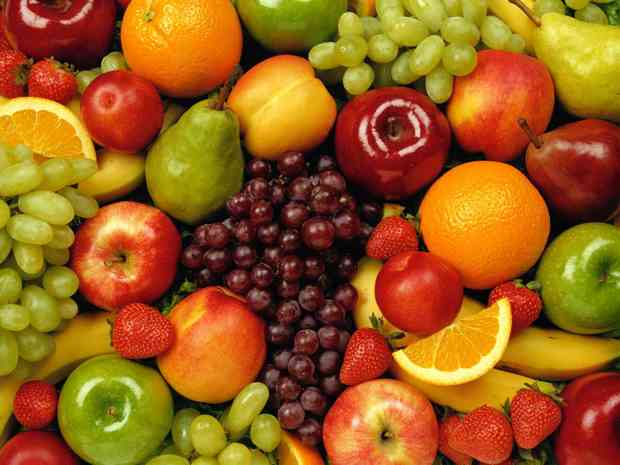You may often hear suggestion to eat more fiber from fruits, vegetables, and seeds. But, do you know why fiber is important for your health?
Dietary fiber is the general name for certain carbohydrates. Usually edible parts of vegetables, plants, and grains that the body cannot fully digest are fibrous in nature. Unlike other nutrients, fiber isn’t broken down and absorbed; but it still plays a vital role in maintaining good health and warding off life threatening diseases like cardiovascular disease and diabetes.
Fibers are classified into two types:
Soluble Fiber
Just like its name implies, soluble fiber dissolves in water. It changes as it goes through the digestive tract where it is fermented by bacteria. When digested, soluble fiber binds with cholesterol in the intestine and prevents it from being absorbed in the intestines; thus it helps reduce total cholesterol and triglyceride levels. Soluble fibers also act to slow down food as it passes through the intestines, which can help prevent diarrhea.
Insoluble fiber
Unlike soluble fiber, insoluble fiber does not dissolve in water. As it goes through the digestive tract, it does not change its form. This fiber adds bulk to your stool, helping it pass more quickly through the intestines and aids in digestion, keep bowel movements regular, and preventing constipation.
The best way to incorporate fiber in our daily diet is by raising fiber intake gradually. Spread your fiber consumption throughout the day, until it becomes part of your daily routine.
Fiber-rich foods to add to your diet
Cereal

The more refined or whiter the grain-based food, the lower is its fiber content. Hence, switch to whole grains in every single possible way. Substitute oats for up to one-third of the white flour called for in recipes.
Fruits and vegetables

Fruits and veggies are the best for snacks. They are packed with not only minerals and vitamins but also have plenty of fibers too. So grab a whole fruit with edible skin and seeds when the hunger pangs attack. Include plenty of vegetables, either cooked or raw in salads all through the day. Fruits/veggies are dense in phytochemicals and antioxidants which add color to our meals and enhance the appeal. Eat them raw to get more nutrients.
Indonesian Rujak Buah is a great choice if you want to add an assortment of nutritious fruits in your daily diet.
Legumes

Lentils, chickpeas, broad beans, black beans, soy beans, are great sources of fiber. You can include these in curries or gravies, as main course or side dishes, in salads, or in any other possible way in your diet. Raw freshly sprouted legumes are also very healthy and nutritious. A half-cup of cooked beans will add from 4 to 8 grams of fiber to your daily diet.
Read also: nutritious nuts for weight loss.
Sneaky ways to add more fiber to your diet
- Add flaxseeds to oats, smoothies, yogurt, and baked goods. A two-tablespoon serving contains 3.8 grams of fiber and a dose of omega-3 fatty acids to boot.
- Top every meal with a lot of vegetables. The more colorful the merrier!
- When eating out, raise fiber intake with extra topping of vegetables instead of cheese or meat.
- A tablespoon of chia seeds have 5.5 grams of fiber. When they meet with water, they form a goopy gel that is great for thickening smoothies, making healthy puddings, or replacing eggs in cakes and cookies.





